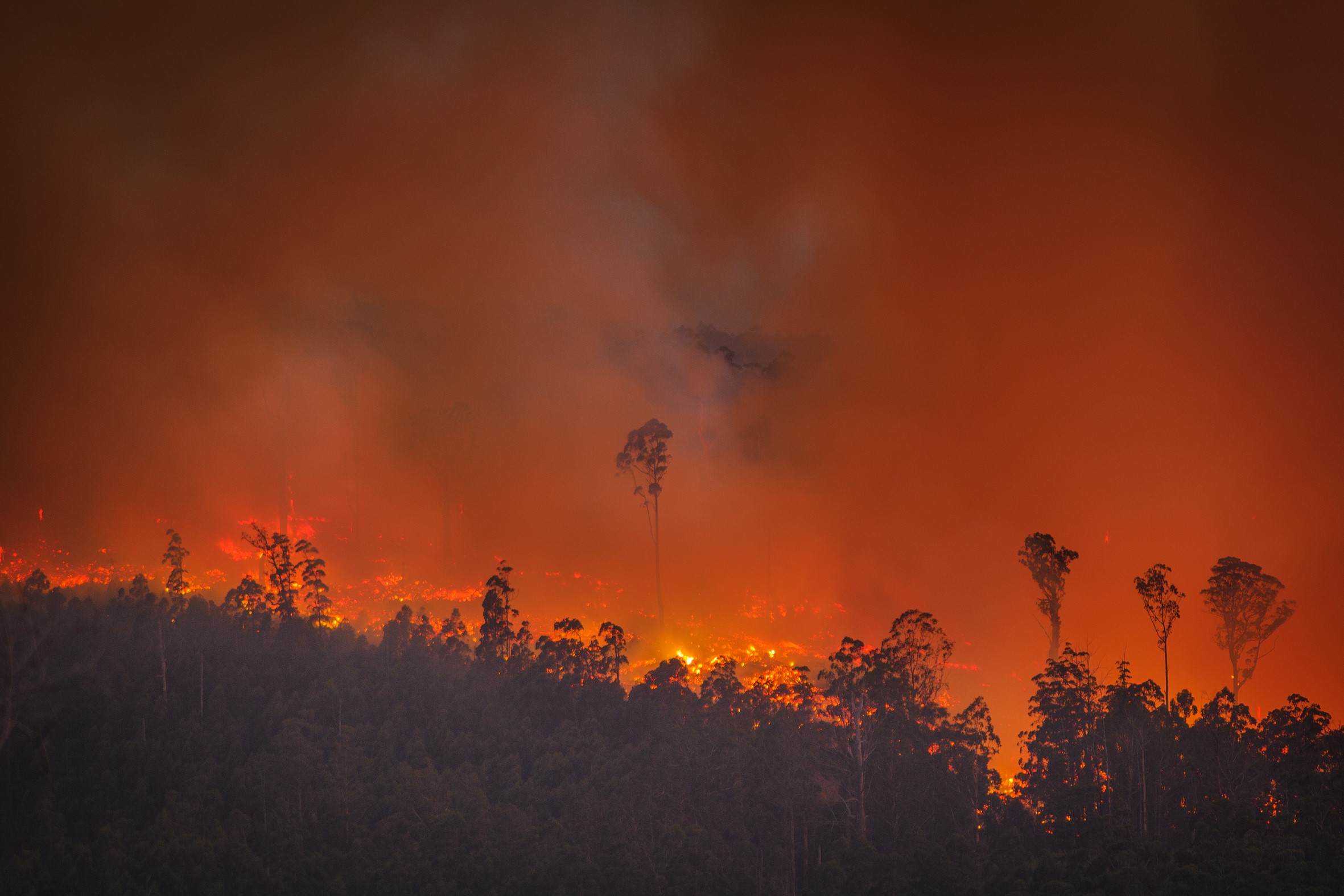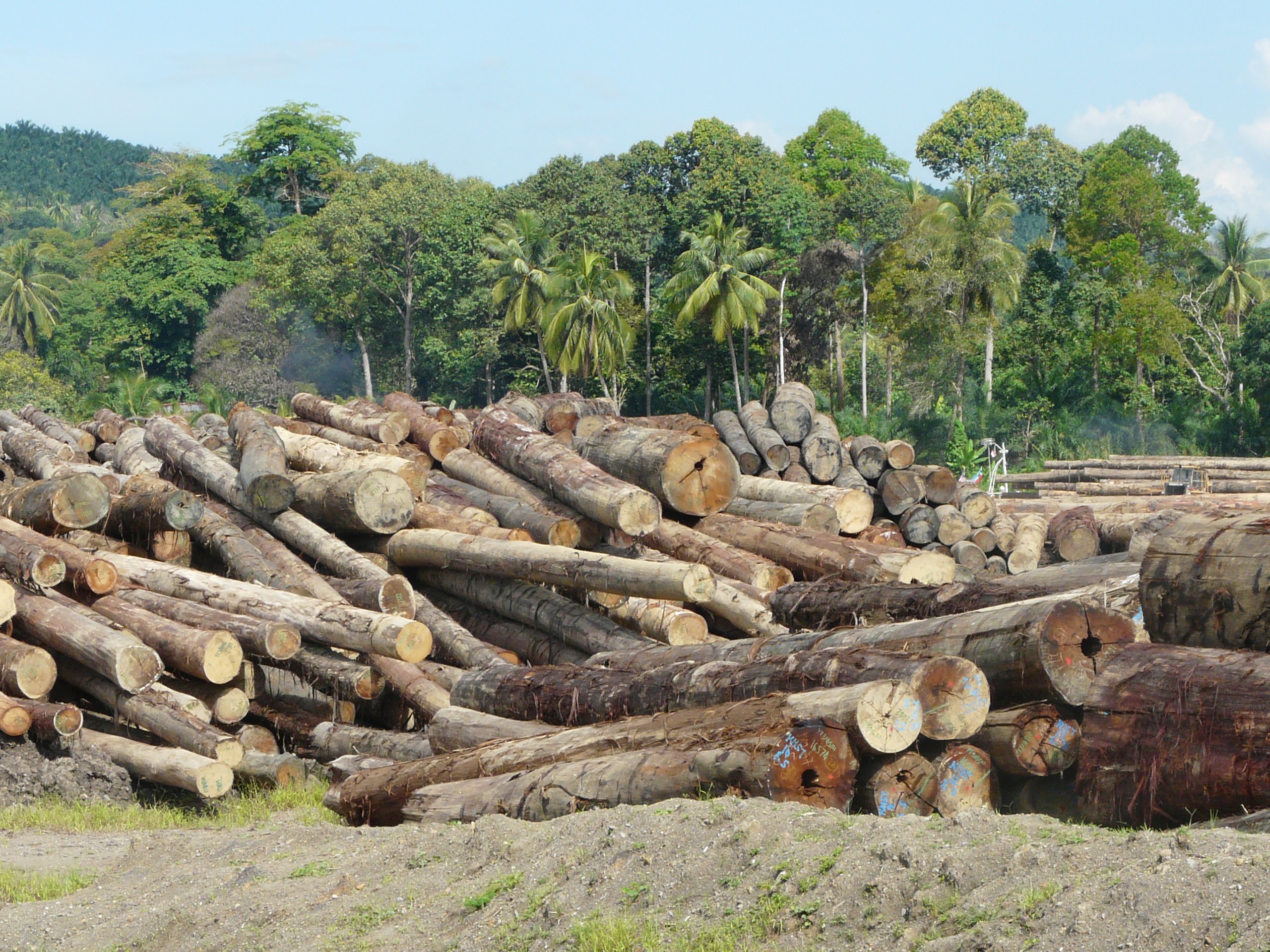As part of our celebrations to mark 300 years since the appointment of the first Professor of Botany, some of our current academics have written short research stories to help give you an insight into current areas of interest and future research challenges.
If you are interested in finding out more, including how you might be able to support our academics in their future research endeavours, please get in touch with them directly.
The Global Wood Security Centre: knowledge and innovation to protect the world’s forest resources
David Edwards, Head of the Tropical Ecology and Conservation group and Director of the Centre for Global Wood Security
Timber is a critical global resource that generates over $1.5 trillion USD of economic value per year. Demand is projected to nearly double by 2050. Concurrently, global carbon markets are generating billions of dollars in payments to protect and restore forest carbon stocks in a bid to slow climate change.
Traditional methods of wood production and restoration are at risk. Our recent research (Bousfield et al. 2023) shows that between 2001-2021 an area of timber-producing forest the size of Great Britain with a value of $45-77 billion was lost to wildfires, with the rate of loss increasing as climate change intensified. Concurrently, timber-producing forests are being decimated by pests and diseases, and our research shows that timber-producing tropical forests are hotspots of conversion to agriculture (Zhang et al. 2021) and that climate change will increase competition for land as northern wood-producing forests also become suitable for agriculture (Bousfield et al. in revision). The future of forestry is thus insecure.
We urgently need to move towards more sustainable and resilient production of wood and associated carbon stocks by understanding how the nexus of wildfire, pests and diseases, and agricultural expansion will affect forestry, and how associated losses generate global market feedback with severe environmental consequences. Many of the trees we plant today will not be harvested for 20 to 100 years, or at all if they specifically to sequester carbon, and the decisions needed to ensure global wood security must be taken in the next few years to avert major global shortfalls over the coming decades.
Why establish the Global Wood Security Centre?
The new Global Wood Security Centre is a cross-disciplinary research centre that brings together biologists, environmental scientists, forestry scientists, computer scientists, engineers, economists, and social scientists to address these research challenges together, and will work with policymakers and producers to roll-out climate-smart wood production and restoration.
The key question the Centre will attempt to answer is whether wood production and restoration are resilient given emerging environmental risks. We need to understand how and where this nexus of risks will drive losses and what the environmental and societal consequences will be. My big fear is that wood production will increasingly focus on tropical rainforests, where more aseasonal climates and long growing seasons point to wildfire resilience and rapid, intensive production, but at the cost of huge areas of the most biodiverse habitat on Earth: old-growth tropical forests.
Why develop the Centre at Cambridge?
My recent appointment as Professor of Plant Ecology in the Department of Plant Sciences offers a fantastic springboard from which to build academically excellent cross-disciplinary research networks and is a platform from which to engage end-users and engender positive change.
Cambridge has a globally-unique combination of world-leading researchers and links with research end-users, allowing it to become the nexus of the Centre’s work. The Centre will draw upon Cambridge’s significant and wide-ranging research expertise in conservation, forest sciences, and plant breeding, as well as environmental economics, engineering, politics, and social science prowess in many of its other departments and institutes, including the School of Biological Sciences’ grand challenge on Molecular Biology for Climate Solutions, the Department of Geography’s work on Climate and Environmental Dynamics, the Climate and Sustainability theme in the Department of Computer Science and Technology, the Cambridge Zero initiative, and Cambridge Centre for Carbon Credits. The Centre will also benefit from integral involvement in the Cambridge Conservation Initiative, enabling opportunities for direct uptake and wide-scale dissemination of findings. For instance, in revealing the high conservation value of intensively selectively logged forests in Borneo, the Sabahan government upgraded over 300,000 hectares of logged forests to Class 1 (total) protection. We have also developed methods to detect selective logging in the Amazon using satellite imagery and trained over 100 staff at Peru’s forest oversight agency (OSINFOR) in their use, resulting in OSINFOR identifying over 300 km of illegally logged timber and multiple prosecutions of illegal operators.
Which research areas will the Centre focus on?
We must find solutions to four fundamental cross-disciplinary research gaps to deliver global wood security in the 21st century:
- We must develop the science of how and where increased risks from fire, pests and diseases will affect wood production and forest carbon markets.
- We must generate projections of how and where global timber markets will respond to wood shortfalls, driven by environmental stressors and crop expansion, and how these changes will affect the environment.
- We must develop understanding of how society and its relationships with wood will respond to changed timber-production dynamics under increasing wildfire, pests and diseases, and competition with farming.
- We must make technological advances to reduce waste via better recovery of wood and to reduce wood and carbon-stock losses to wildfire, pests and diseases, such as new and improved technologies for rapid fire, pest, and disease detection and suppression.
How do you envisage the world’s forestry sector in 2050?
By 2050, we foresee a forestry sector that is more resilient to natural and economic shocks, and that can deliver upon core societal and environmental targets under the Sustainable Development Goals (SDGs) and their successors, as well as global restoration targets such as the Bonn Challenge. This vision will be delivered by increasing collaboration with government, NGOs and forestry businesses in rolling-out the Centre’s social, management, and engineering solutions to secure global wood production and carbon stocking.
Key milestones include major technological developments in: (1) modelling frameworks to predict wildfire, pest, disease and conversion-driven forestry losses under climate change, across different wood-production and restoration systems, and via market feedback; (2) tree breeds for improved pest, disease, and ideally fire resilience; and (3) automated tools for rapid detection and tackling of fire and pest and disease outbreaks. They also include longer-term outcomes in the policy and industry space, via co-development and adoption of social policies and new technologies, ensuring the timely uptake of new advances.
Solving this challenge will ensure future global wood security, and the contribution of forest protection and restoration to terrestrial carbon stocks and halting the biodiversity extinction crisis. Without the knowledge and exposure generated by the Global Wood Security Centre, the world will risk damaging losses of timber supply, driven by wildfires, pests, diseases, and conversion of forestry to farmland. Such losses could stimulate further degradation of remaining tropical forests, threatening the ability of these vital ecosystems to stabilise the climate and support much of the world’s remaining biodiversity.



